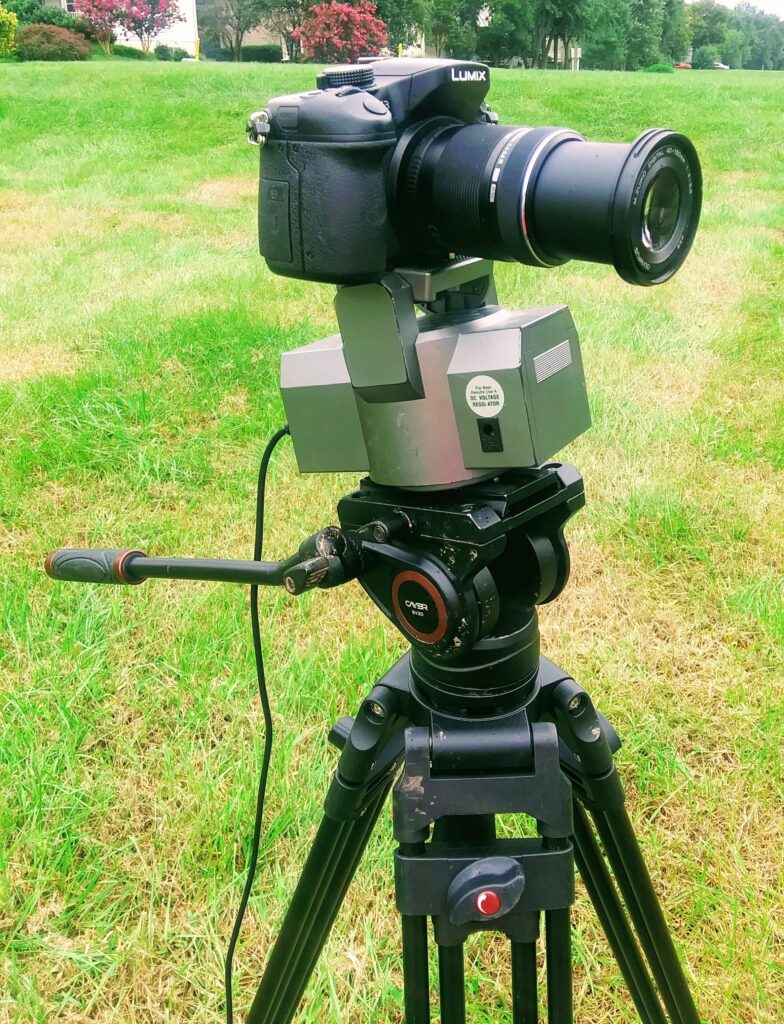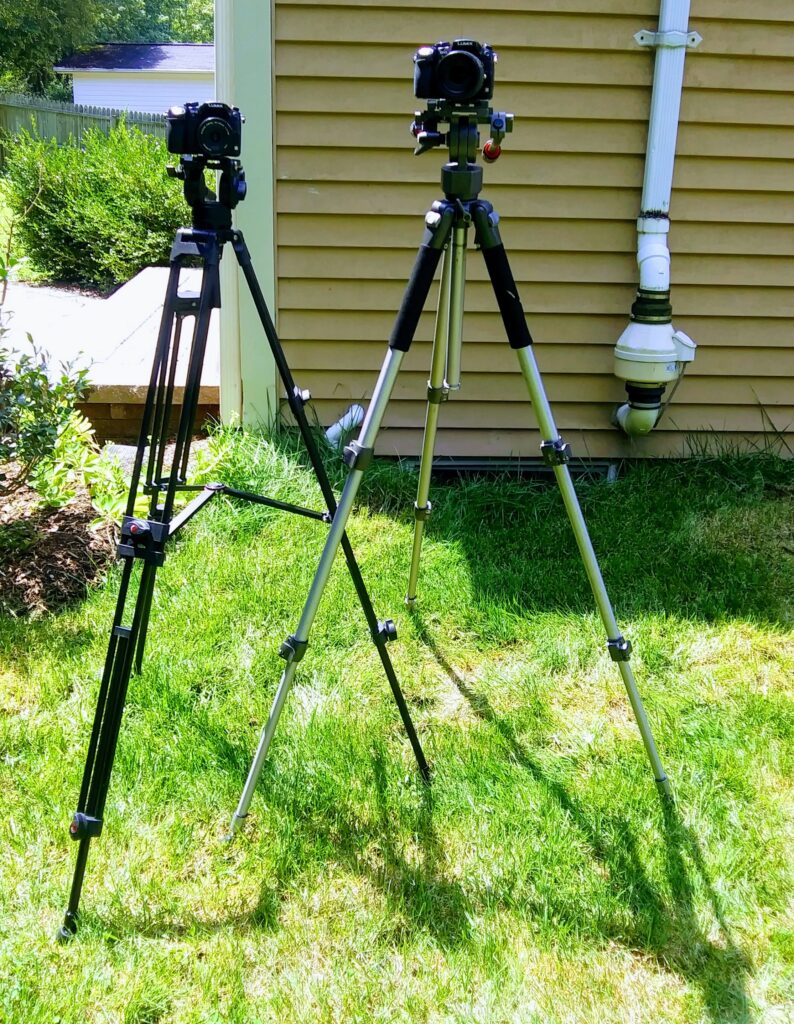I was looking at available jobs and saw openings for both digital and administrative colorists.
Wow, I love color! Could one of these openings be the job for me? Well not so fast, because it takes more than just a love of color to land either these jobs.
Fashion Colorist
The fashion colorist must have super discriminating ability to discern slight color differences. This is so important in the world of fashion.

They interact with suppliers and team members regarding color and color technology.
The fashion colorist’s job is to ensure that colors are consistent in a fashion collection.
The company is also seeking a person with a Bachelor’s degree and a high score on a 100 Hue Munsell Test.
The 100 Hue Munsell Test requires one to place blocks of color into the correct order. The test gives you the first and last colors. The test taker then fills in the bar.
OK, already sounds a little complicated.
Digital Colorist
Another career option for anyone who loves both color and video, is becoming a digital colorist.
A digital colorist works with the director and producer to correct a film’s colors.
The digital colorist can alter the mood and look of a film by adjusting the colors. Correcting the colors can, also, give a film a more natural look. The digital colorist knows the power of colors. To tell a story a film uses hues, tones and a color palette.

Digital colorists blend every film frame together so nothing sticks out. They also correct skin color tones.
It is possible to film a movie in the daylight, but the colorist might be given the task to make the film look like it was filmed at night. This would be difficult but not impossible to do.
Other times, for example, a superhero’s colors might need to pop out like a cartoon.
Digital colorists work in a dark room, need a knowledge of complex computer software programs, and lots of experience using them.

Interview with Profession Film Editor
I spoke with a professional film editor. He stated during a professional filming all automatic settings are generally turned off. This is to get a film with “raw or dull” images so that they can change the color in the edits.
A video colorist’s only job is to color the film. It is, also, easy to do “too much color” correction.
Color saturation, color tones, half tones, color wheels, color temperatures, RGB color schemes, exposure and contrast are a few of the things a video colorists needs to have a good knowledge about.
Ending Comments on Digital and Administrative Colorists Positions
After thinking bout it, I don’t think the digital and administrative colorists position are for me. It takes a lot of talent, a great understanding of color, and training to do either position.
Digital and Administrative Colorists?
Any jobs out there working with crayons?
Research Sites: Careers in Film.com. A Special Thank you for our Professional Film Editor for his input.

